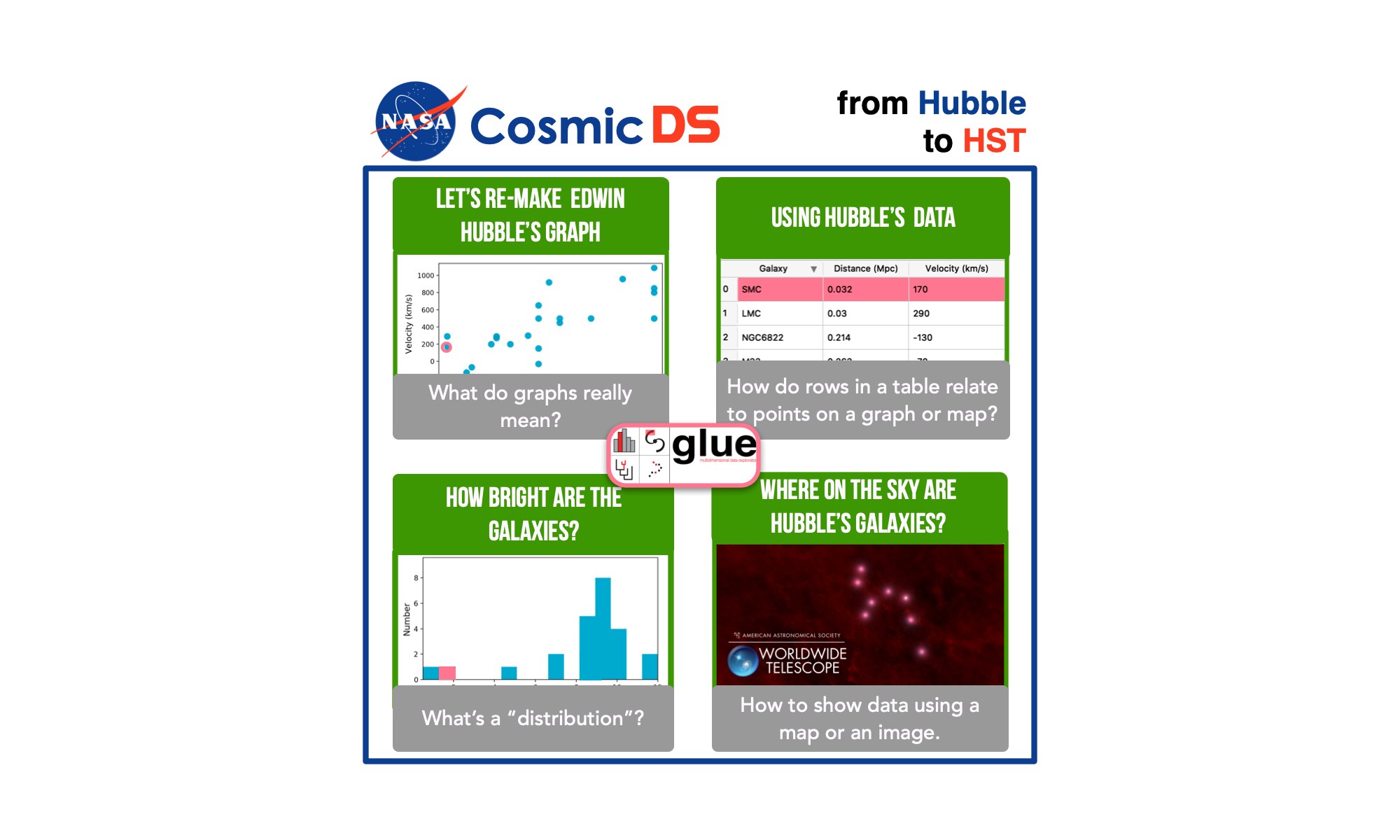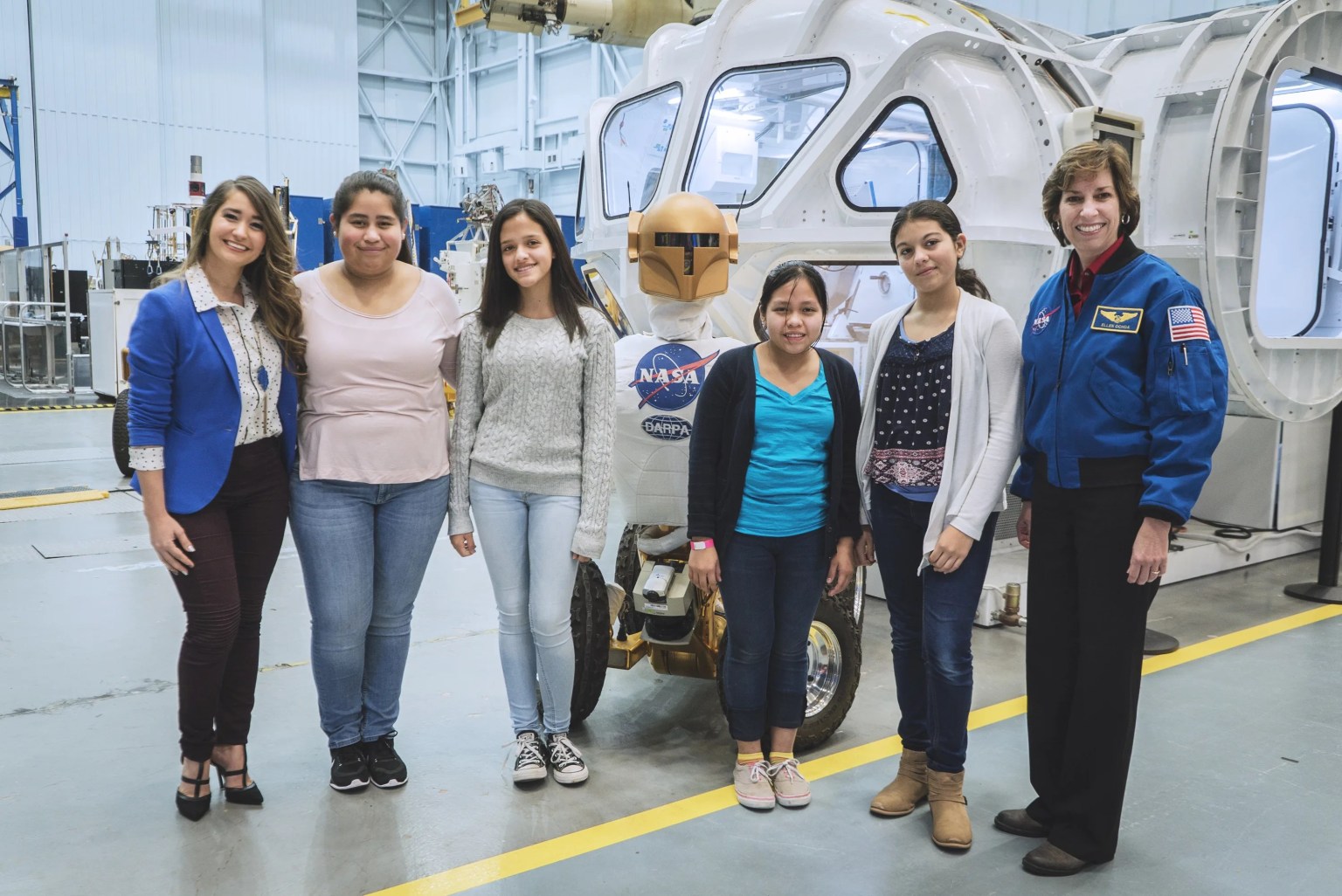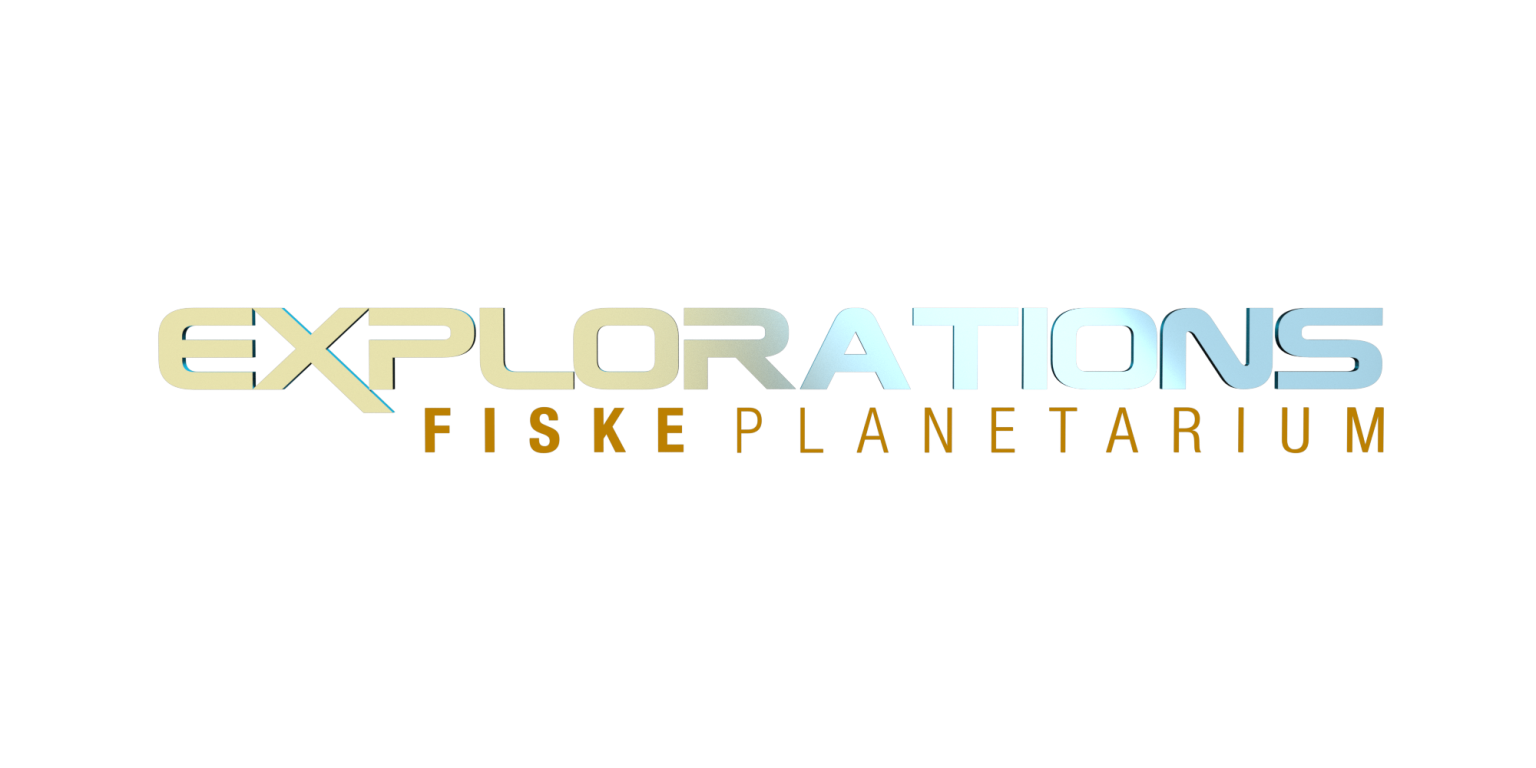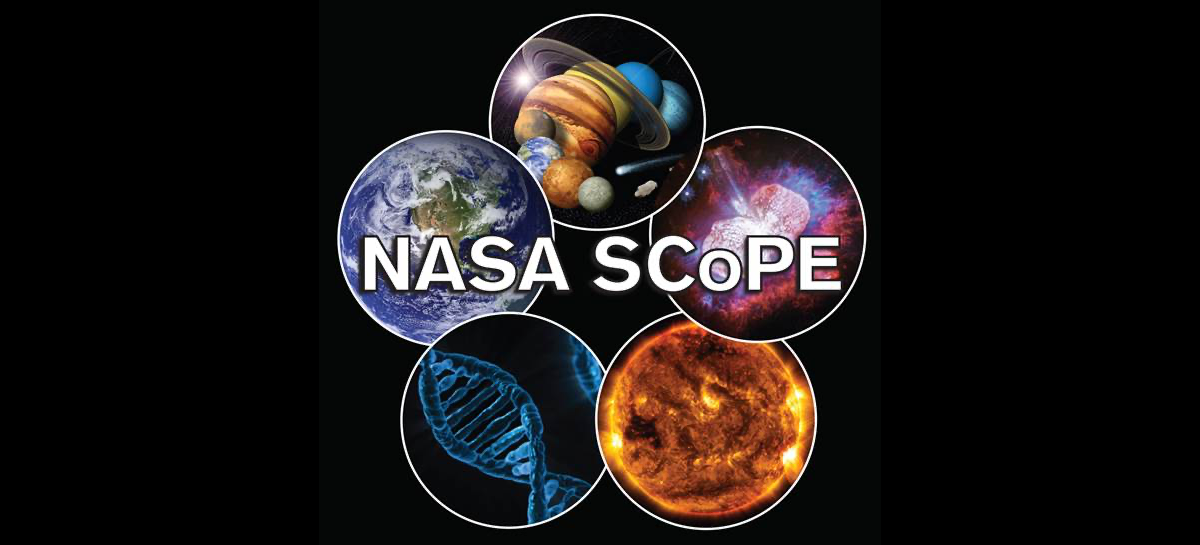Cosmic Storytelling with NASA Data
Helping learners explore the universe: NASA astronomer-designed interactive data stories.
Tools for Exploring Data Science
The world is fast-becoming a place driven by data. To address dire shortages of datacompetency in the workforce, industry leaders are urgently calling for educational pathways that teach people how to interact with data. Science is often presented as a series of rote concepts and known facts, which is far less interesting than the messy realities and joyful discoveries associated with real data and real experiments. Learners need to have the same opportunities as STEM professionals to explore and learn from data.
Few people are more expert in the use of data than NASA scientists, and most of them would love for the public to better understand their work. The Cosmic Data Stories (CosmicDS) program is designed to facilitate connections between astronomers who want to tell stories about their data, and learners for whom those stories could spark a deeper long-term interest in science.
The ability to take data—to be able to understand it, to process it, to extract value from it, to visualize it, to communicate it—that’s going to be a hugely important skill in the next decades, not only at the professional level but even at the educational level for elementary school kids, for high school kids, for college kids.

Hal Varianin
To succeed, the CosmicDS project will accomplish 3 main objectives: 1) creation of a web-based, learner-friendly environment for interacting with data, powered by researchgrade software; 2) engagement of NASA subject matter experts (SMEs) who will share stories about the data they wrestle with, to help bridge the gap in understanding of what scientists actually do and what people think scientists do; 3) collaboration with education experts to ensure that the design of the CosmicDS toolkit and data exploration environment meets the needs of a diverse learner audience.
Happily: modern, open-source, research tools are easy to integrate into web-based systems; many SMEs are eager to share their data and stories about the Universe; and educators are prepared to help SMEs understand the best ways to connect with learners. The CosmicDS team will leverage existing NASA Science Activation (SciAct) infrastructure to create a strategy focused on iterative design, testing, and deployment of the CosmicDS toolkit.
The project will engage ten SMEs to create Cosmic Data Stories that will be assembled into an online repository. But first, the project team will create two exemplar data stories, to be used in pilot testing and to identify a set of design principles that SMEs can apply in their work. One of those stories, “From Edwin Hubble to the Hubble Space Telescope,” will explain how and why Hubble’s observations of galaxies showed us that our Universe is expanding. Through an integration of two key software tools–glue and WorldWide Telescope (WWT)–the Hubble story will allow learners to: 1) interpret the meaning of Hubble’s historical graph of galaxy velocity versus distance; 2) understand that each dot on the graph represents a galaxy; 3) see where galaxies Hubble observed lie on a map of the sky; 4) use Hubble’s 1929 tabular data to recreate his graph; 5) practice data skills by exploring linked-view graphs of additional galaxy properties; 6) explore modern analogs to Hubble’s observations (e.g., the NASA HST Key Project), to understand how larger samples and higher-quality data affect scientific inference and uncertainty; and 7) engage with additional NASA resources (e.g. about the Roman Telescope). All of this can be accomplished in a single web page that allows tools (glue, WWT) to run within it.
We have already identified over 100 educators (high school, 2- and 4-year college, and out-of-school) who want to use Cosmic Data Stories with their learners. Extensive formative and summative evaluation of program activities will be carried out, using interviews, surveys, and statistical analyses of pre- and post- knowledge. Connections with other SciAct teams will allow the online CosmicDS repository to be disseminated widely to the public through NASA channels. CosmicDS tools will be open-source, welldocumented, and well-demonstrated, so scientists and educators can continue to create new data stories beyond the grant period, offering a path to sustainability for the program.





























